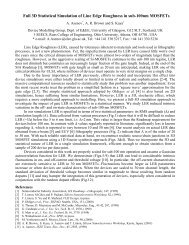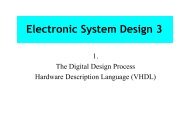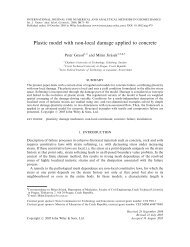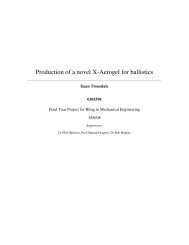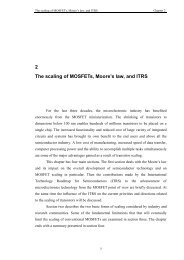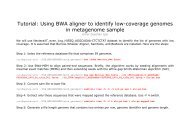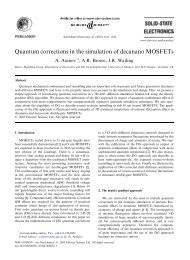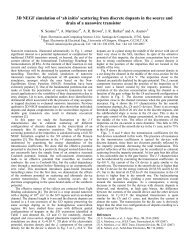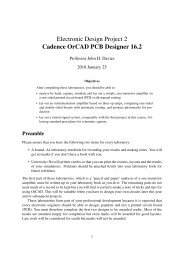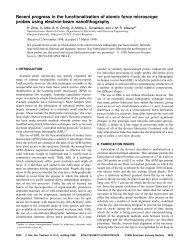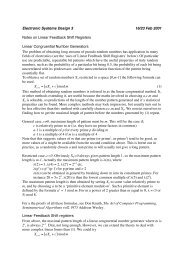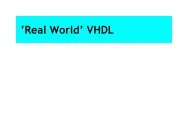Cadence OrCAD PCB Designer
Cadence OrCAD PCB Designer
Cadence OrCAD PCB Designer
You also want an ePaper? Increase the reach of your titles
YUMPU automatically turns print PDFs into web optimized ePapers that Google loves.
A<br />
Where to learn more<br />
The online help for <strong>Cadence</strong> <strong>OrCAD</strong> <strong>PCB</strong> <strong>Designer</strong> is poorly organised. There is no way of<br />
searching more than one file at a time for text, which makes it very difficult to solve problems<br />
until you know most of the answer already! The help documents are no more than online<br />
versions of the manuals, which are supplied as pdf files – over 100 of them. Unfortunately<br />
their names are cryptic so it isn’t even easy to work out which to read, and the interdocument<br />
links have been set up in a way that works only on unix. Here is a guide to the most helpful<br />
documents with their filenames (all have the extension .pdf). The documentation is not entirely<br />
consistent with our version of <strong>PCB</strong> Editor.<br />
• The <strong>OrCAD</strong> Flow Tutorial (flowtut) takes you through the complete process of capture,<br />
simulation and <strong>PCB</strong> design and covers several techniques that I have not described in<br />
these notes.<br />
• <strong>OrCAD</strong> Capture User’s Guide (cap_ug) has a particularly relevant chapter on Using Capture<br />
with <strong>PCB</strong> Editor, which includes issues such as assigning the No Connect property.<br />
• PSpice User’s Guide (pspug) describes simulation and analysis.<br />
• The Allegro <strong>PCB</strong> Editor User Guide (algromast) is the most helpful set of documents for<br />
this piece of software but is so long that it is split into 12 further documents, of which<br />
these are most relevant:<br />
1. Getting Started with Physical Design (algrostart). This is the most useful document<br />
for learning how to use Allegro, much better than the tutorial.<br />
2. Defining and Developing Libraries (algrolibdev). Mostly devices, symbols and padstacks<br />
but also technology files.<br />
3. Transferring Logic Design Data (algrologic). Despite the name, this means importing<br />
from Capture or a similar application and includes analogue components.<br />
4. Preparing the Layout (algrolay). This includes the cross-section of the board,<br />
keepins and keepouts, padstacks and etch shapes – fills or pours.<br />
5. Creating Design Rules (algrodesrls). I’ve barely looked at this.<br />
6. Placing the Elements (algroplace). Most of this is rather advanced too.<br />
7. Routing the Design (algroroute). This describes different strategies for routing, both<br />
manual and automatic, and covers fanouts, which I have not mentioned.<br />
8. Completing the Design (algrodescmp). Another one that I have barely opened.<br />
9. Preparing Manufacturing Data (algroman). Covers the final steps needed to send a<br />
board for commercial manufacture – silkscreens, artwork (Gerbers) and drill files.<br />
You might also need the Allegro Constraint Manager User Guide (cmug). The Allegro<br />
<strong>PCB</strong> Editor Tutorial (algrotutorial) concentrates on the user interface and doesn’t tell you<br />
how to do much.<br />
• Routing from <strong>PCB</strong> Editor, both manual and automatic, is explained in the Autorouting<br />
with Allegro <strong>PCB</strong> Editor Tutorial (aleg_spec_tut). The Allegro <strong>PCB</strong> Router Tutorial<br />
47



